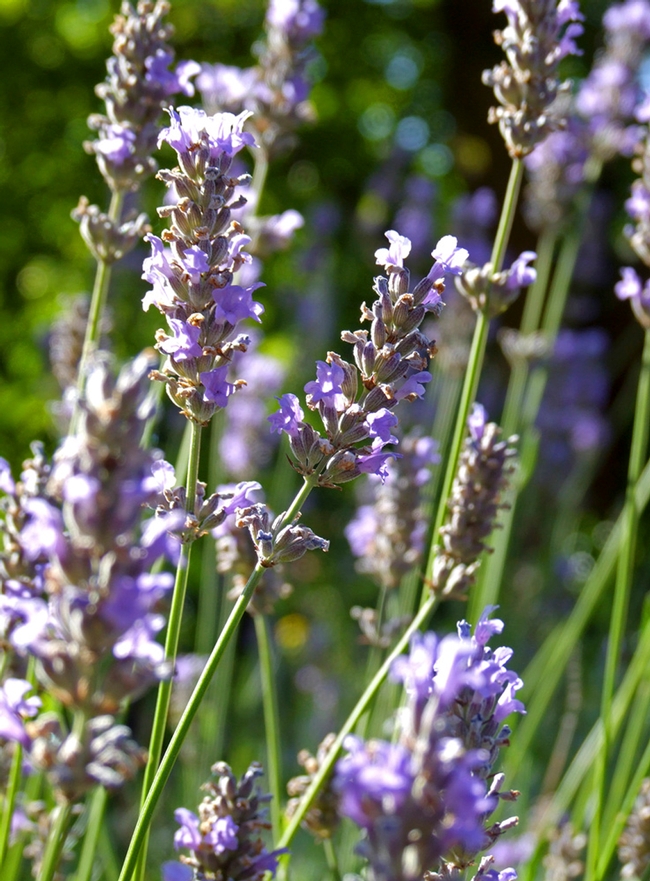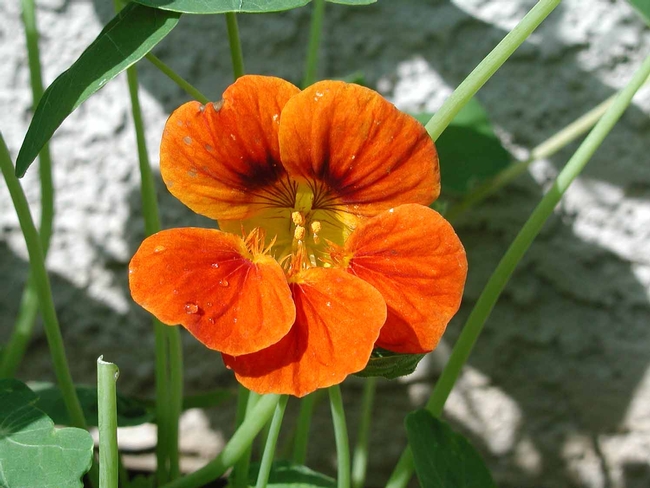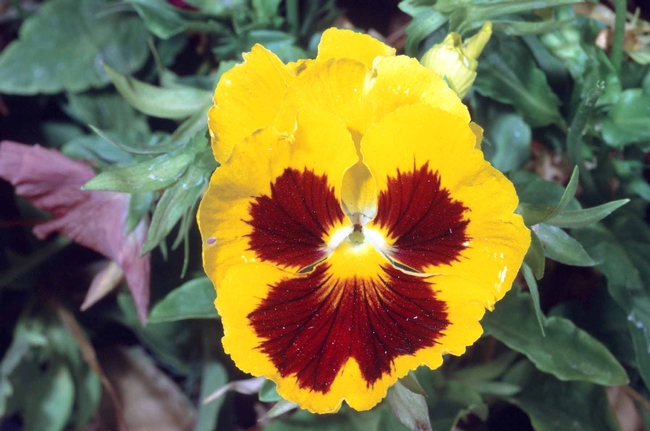Edible flowers can be found in many backyard landscapes and herb gardens. Many annuals and perennials produce flowers with culinary potential. Roses (rosa spp.), lavender (Lavandula angustifolia), and apple blossoms are well-known perennials with edible flowers. Borage (Borago officinalis), calendula (Calendula officinalis), garden sage (Salvia officinalis), scarlet runner bean (Phaseolus coccineus), nasturtium (Tropaeolum majus), and pansies (Viola x wittrockiana) are perhaps the best-known annuals that can be used in this way.

Edible flowers have been used in cooking for thousands of years. During the Victorian era candied flowers were used in salads, sweets and pastries. Rose water and orange flower water are still being used daily in Middle Eastern and South Asian homes
We often use edible flowers today without even thinking about it: saffron strands are the dried stamens of crocuses (Carthamus tincorius), lavender is the secret to Herbs de Provence and the flowers of the hops plant are crucial to the production of many kinds of beer.
Take a walk through your backyard garden to inventory what you might be able to use in the kitchen. If you are lacking appropriate flowers, spring is a good time to plant annual flower seeds to create an edible flower garden.
Flower seeds are widely available online or in your local nursery. They are easy to start by scattering them into the landscape or starting them early in small pots indoors near a sunny window. Follow the directions on the seed packet. For a sunny spot in your garden you might opt for calendula, borage, sage, pansies or squash/pumpkin blossoms (Cucurbita spp.). Nasturtium (Tropseolum majus) is a shade-loving plant that needs room to wander.
If you have space for a few perennials, lavender (Lavandula angustifolia) and rosemary (Rosmarinus officinalis) work well for our region and are very drought tolerant and deer resistant.

Some flowers have a hint of flavor, so you may want to taste them before adding them to a dish to make sure they are appropriate and gauge the amount to use. Nasturtium has a slight peppery taste. Calendula has a saffron flavor. Sage flowers are both sweet and savory. Borage has a slight cucumber flavor. Some flowers (like orange blossoms) can be bitter.
Using Edible Flowers
You can add flower petals or whole flowers like nasturtium, borage, or pansies to a salad of spring greens, or use them as a garnish.
Flower butters are an easy way to incorporate flowers into a meal. Add chopped flower petals to softened butter, then refrigerate before using on sweet or savory dishes. Butter mixed with chive blossoms or sage blossoms is good on top of vegetables, fish or grilled chicken. Rose petal butter can be a nice addition to pancakes or biscuits.

Making candied flowers is an easy way to decorate cookies and cakes. Beat an egg white and use a small brush to paint the petals of the flowers you are using. Pansies work well for this. Once the flower is coated with the egg wash, sprinkle very fine granulated sugar over the flower. Let air dry for a couple of days before using to top a dessert.
Lavender flowers and rose petals can be used to infuse sugar. Chop dried lavender flowers or dried rose petals and place them in a small container of granulated sugar. Let the mixture sit for two to three weeks. You can either strain out the flowers or leave them in. The flavored sugar is beautiful sprinkled over freshly baked sugar cookies or sweet breads.
The possibilities are endless: there are many books on this subject and plenty of recipes available online to help you incorporate edible flowers into everyday meals. Consider how festive and colorful your meals might be with the addition of some beautiful flowers straight from the garden.
Master Gardener Spring Workshop Series begins on February 12th
This series of 12 workshops includes seven new topics: Firewise Landscaping (a four-part workshop); Gardening with Chickens; Companion Planting; How to Grow and Use Herbs and Microgreens; Raised Bed Cover (Hoop House) Opportunities; What your Weeds are Telling You & Weed Identification; and Vegetable Seed Starting. For the full list of workshops, and to register, go to ucanr.edu/p/56426.
To learn more about UC Butte County Master Gardeners and their upcoming events, and for help with gardening in our area, visit our website. If you have a gardening question or problem, call our Hotline at (530) 538-7201 or email mgbutte@ucanr.edu.